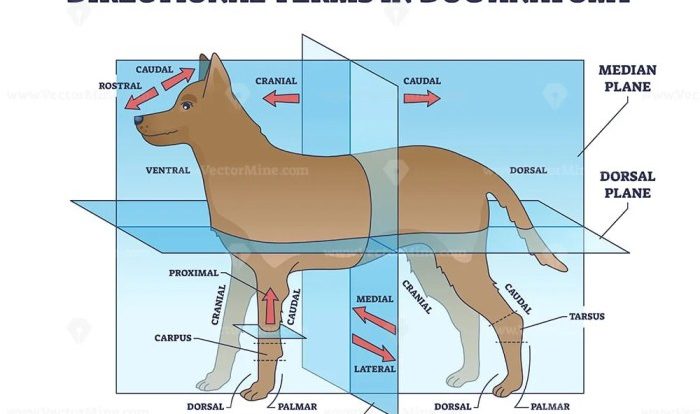Veterinary surgical instruments pictures and names pdf – Delve into the realm of veterinary surgical instruments with our comprehensive guide, complete with high-quality images and detailed descriptions. Discover the diverse range of instruments employed in various surgical procedures, their specific functions, and the factors influencing their selection and maintenance.
This guide empowers veterinarians and veterinary students with the knowledge to make informed decisions regarding surgical instrument usage, ensuring optimal patient outcomes.
As we embark on this exploration, we will delve into the classification of instruments based on their intended use, examining the advantages and disadvantages of different designs. We will also explore the importance of instrument care and maintenance, providing practical guidance on cleaning, sterilization, and storage techniques to ensure longevity and optimal performance.
Veterinary Surgical Instruments
Veterinary surgical instruments are specialized tools designed for performing various surgical procedures on animals. They are used by veterinarians to diagnose, treat, and prevent diseases or injuries in animals. These instruments range from simple to complex and are designed to meet the specific needs of different surgical procedures.
Instrument Classification

Veterinary surgical instruments can be classified based on their intended use. Some of the common classifications include:
- Cutting instruments: Used for cutting tissues, including scalpels, scissors, and bone saws.
- Grasping instruments: Used for holding and manipulating tissues, including forceps, clamps, and hemostats.
- Retracting instruments: Used for retracting tissues to provide visibility during surgery, including retractors and speculums.
- Suturing instruments: Used for suturing tissues, including needle drivers, suture scissors, and suture.
Instrument Selection
The selection of appropriate surgical instruments for a specific procedure depends on several factors, including:
- Patient size: Instruments should be appropriately sized for the patient to ensure precision and minimize tissue damage.
- Surgical approach: The type of surgical approach (e.g., open surgery, laparoscopic surgery) will determine the instruments required.
- Tissue type: The type of tissue being operated on (e.g., skin, muscle, bone) will influence the choice of instruments.
Instrument Care and Maintenance
Proper care and maintenance of veterinary surgical instruments are crucial to ensure their optimal performance and longevity. This includes:
- Cleaning: Instruments should be thoroughly cleaned after each use to remove blood, tissue, and debris.
- Sterilization: Instruments must be sterilized before each use to prevent infection.
- Storage: Instruments should be stored in a clean, dry place to prevent damage and corrosion.
Instrument Troubleshooting
Veterinary surgical instruments may occasionally encounter problems. Common issues include:
- Dullness: Instruments may become dull over time and require sharpening.
- Malfunction: Instruments may malfunction due to mechanical issues or wear and tear.
- Corrosion: Instruments may corrode if not properly cared for.
Image Gallery: Veterinary Surgical Instruments Pictures And Names Pdf

| Instrument | Function | Intended Use | Image |
|---|---|---|---|
| Scalpel | Cutting tissues | Incisions, excisions, biopsies | [Image of a scalpel] |
| Forceps | Grasping and holding tissues | Suturing, manipulating tissues | [Image of forceps] |
| Retractor | Retracting tissues | Providing visibility during surgery | [Image of a retractor] |
| Suture needle | Suturing tissues | Closing wounds, repairing tissues | [Image of a suture needle] |
Question Bank
What are the most commonly used veterinary surgical instruments?
Scalpels, forceps, scissors, needle drivers, and suture materials are among the most commonly used veterinary surgical instruments.
How should veterinary surgical instruments be sterilized?
Veterinary surgical instruments should be sterilized using methods such as autoclaving, chemical sterilization, or ethylene oxide gas sterilization.
What factors should be considered when selecting veterinary surgical instruments?
Factors to consider include the size and species of the animal, the type of surgical procedure being performed, and the specific tissue being operated on.
